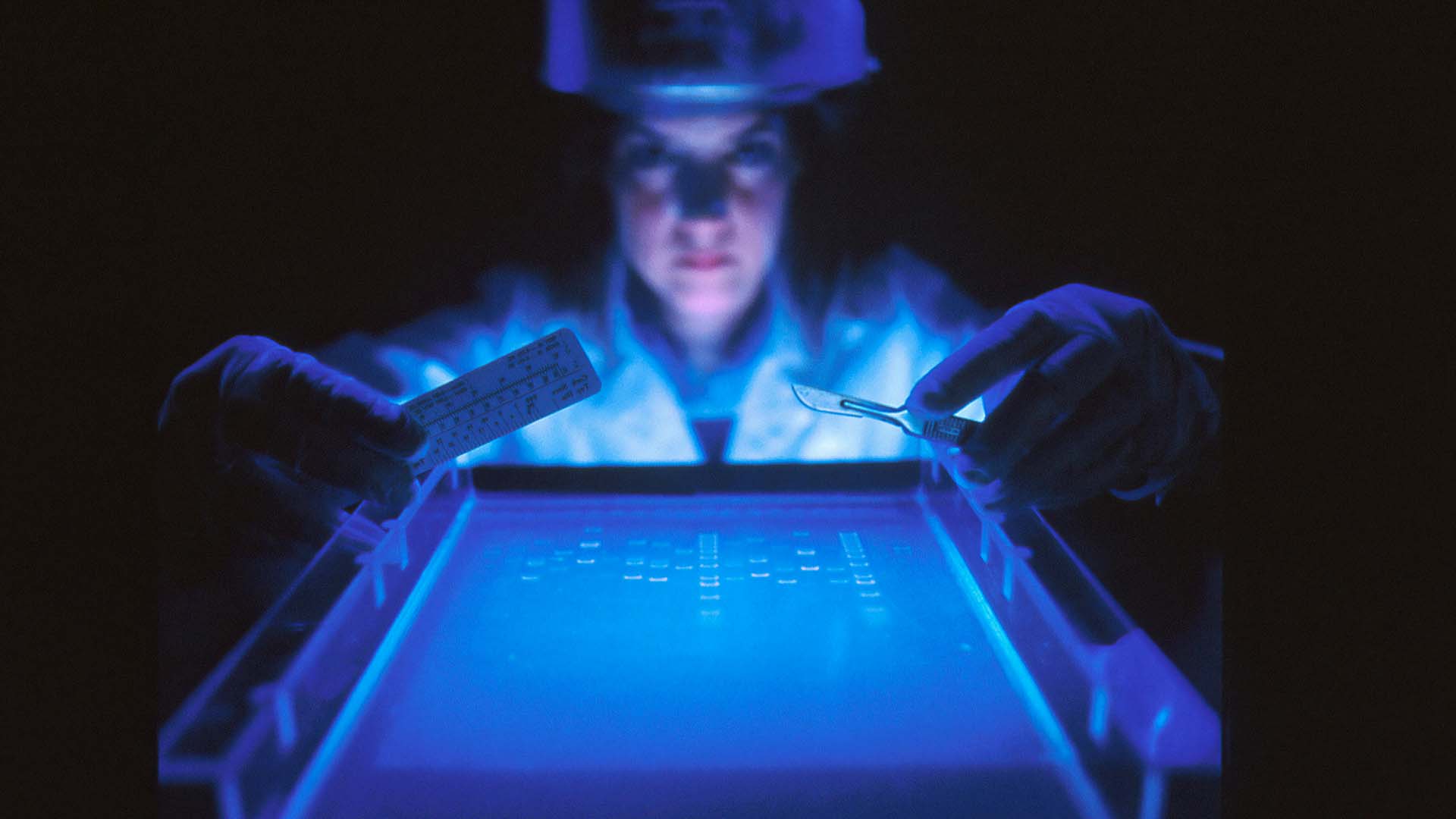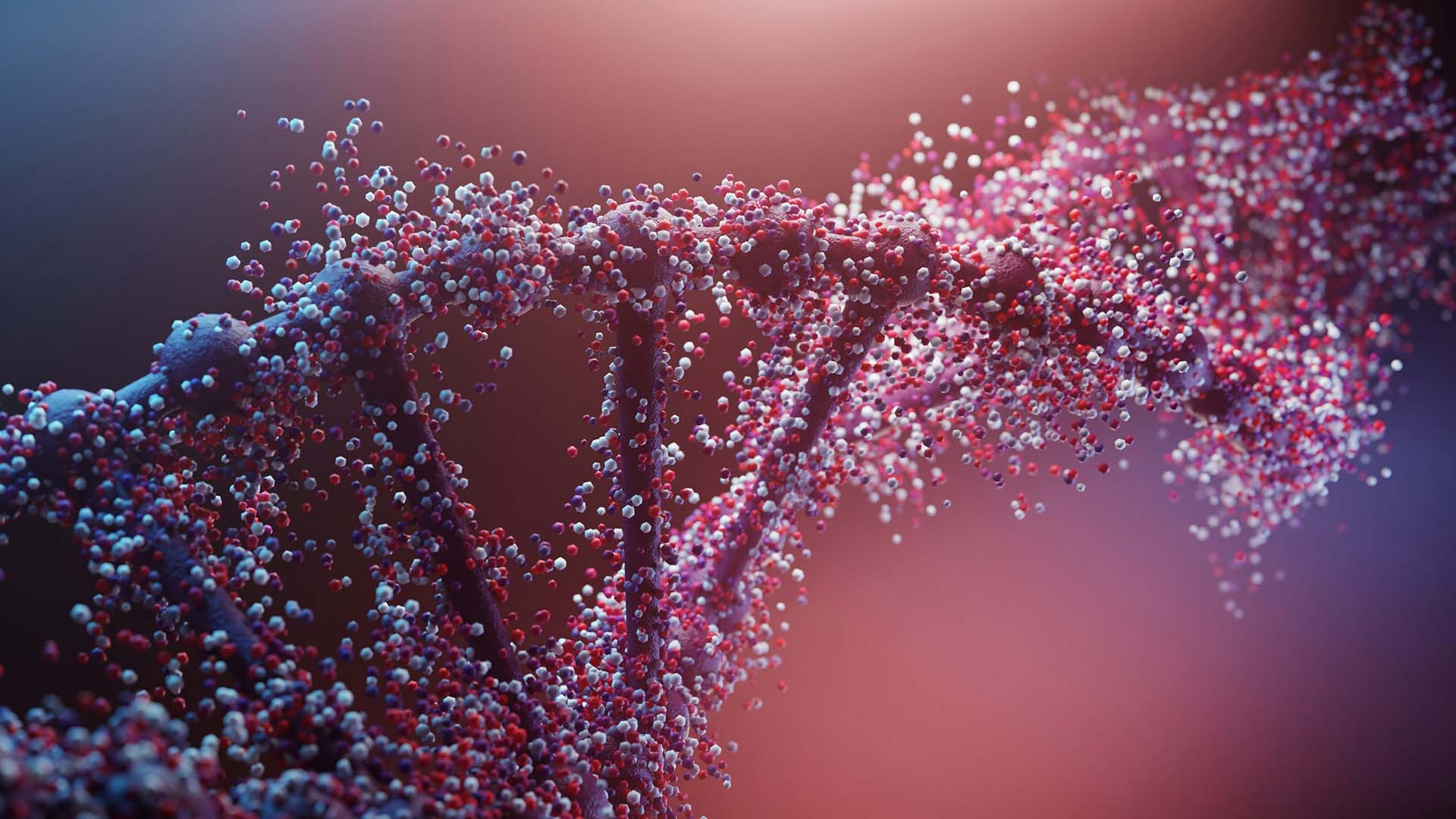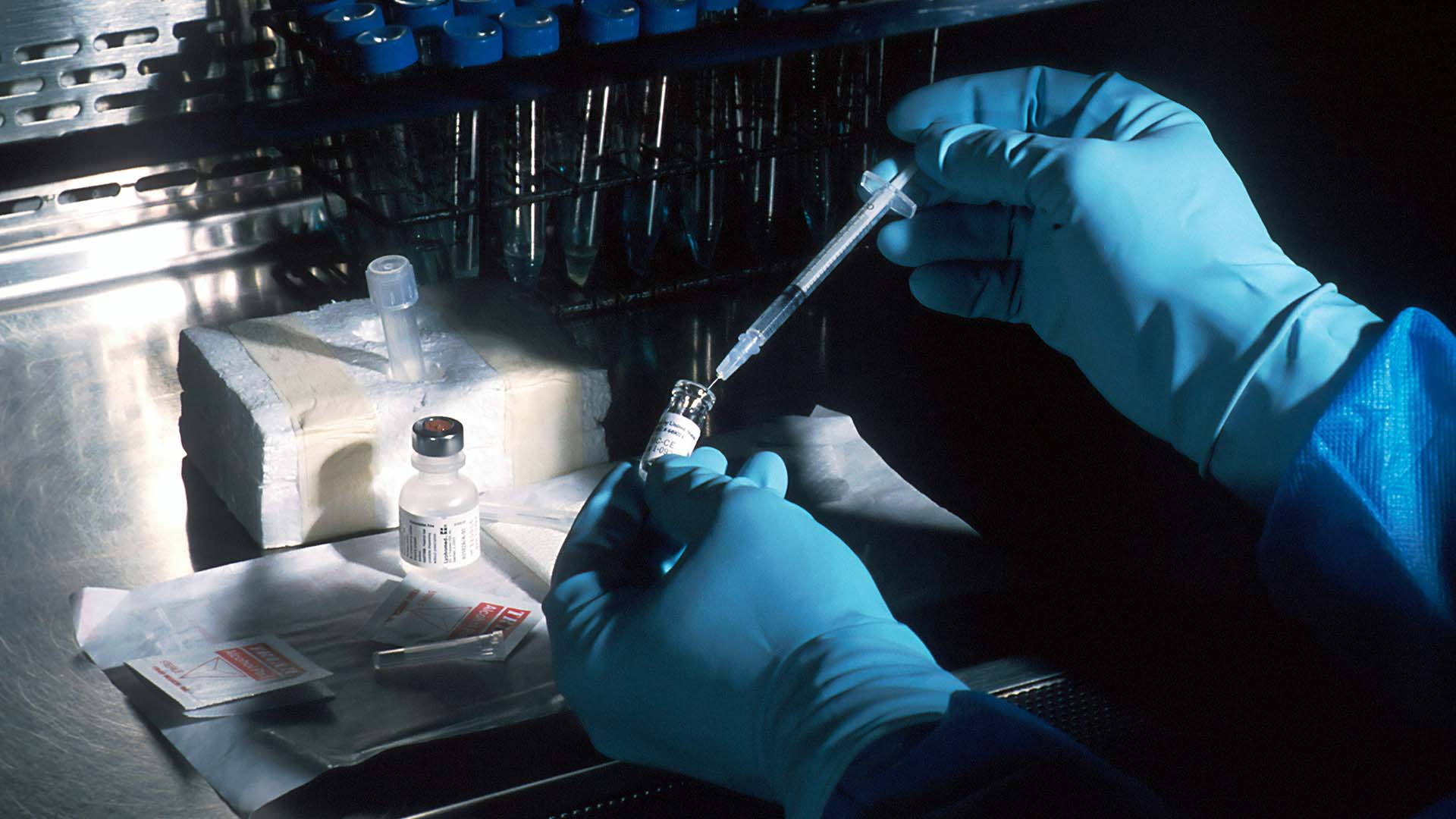Published, August 14, 2025
From Family Secrets to Health Clues: The Power of DNA
Global DNA International brings you thought-provoking stories and insightful articles designed to satisfy your curiosity and deepen your understanding of DNA testing, genetic identity, and the complex issues surrounding modern DNA science.

From Family Secrets to Health Clues: The Power of DNA
Introduction: One Test, Two Shocking Discoveries
When 54-year-old Margaret took a DNA test in 2019, she expected nothing more than a colorful ancestry chart to hang on the fridge.
What she didn’t expect was a double revelation:
- She had a half-brother living only 30 miles away.
- She carried a genetic variant linked to a higher risk of colon cancer.
What began as a casual curiosity became a journey into the most personal realms of her past and the most critical insights for her future.
This is the true power of DNA — it doesn’t just tell you where you came from; it can guide where you’re going.
Chapter 1: The Dual Nature of DNA Insights
A single DNA test can be like opening a two-sided book:
- One side is the story of your origins — the family tree, the migrations, the hidden branches.
- The other side is the manual for your body — how it functions, where it might be vulnerable, and what you can do about it.
Most people expect only the first story. The second one often catches them by surprise.
The Family Story Side
DNA can:
- Confirm family lore (or prove it wrong)
- Reveal relatives you never knew existed
- Trace ancestral migrations over centuries
- Uncover ethnic and cultural roots
The Health Story Side
DNA can:
- Identify predispositions to certain illnesses
- Show how your body might process nutrients or medications
- Highlight inherited conditions
- Offer early-warning signs that could save your life
Key Idea: Your DNA connects the past to the future — through you.
Chapter 2: How DNA Reveals Family Secrets
Let’s begin with the ancestry and relationship side, because for many, this is where the emotional rollercoaster begins.
The Science of Relationship Matching
When you send your DNA to a testing company, they:
- Identify genetic markers across your genome.
- Compare them to others in their database.
- Calculate how much DNA you share.
The more DNA you share with someone:
- The closer the relationship.
- The higher the probability you share recent common ancestors.
Real-Life Case Study: The “Family Tree That Grew Overnight”
In 2020, a man named Lucas in Toronto took a DNA test for fun.
Weeks later, he received a message from a woman named Claire:
“According to this site, we’re half-siblings. Do you know a Michael Thompson?”
Lucas’s jaw dropped. Michael Thompson was his father — and as far as he knew, the only children Michael had were Lucas and his sister.
This discovery led to emotional conversations, years of hidden truths, and ultimately, a new sibling bond. But it also created tension in the family, as not everyone welcomed the news.
Why These Secrets Emerge Now
Decades ago, family secrets stayed buried because:
- Records were incomplete or inaccessible.
- Geographic distances kept families apart.
- Few tools existed to connect the dots.
Now, with millions uploading their DNA to global databases, the walls of secrecy are crumbling.
Chapter 3: DNA as a Health Detective
On the other side of the DNA coin lies health genetics — the part that can literally save your life.
What Health DNA Testing Can Reveal
- Genetic predispositions to diseases like breast cancer, Alzheimer’s, or heart disease.
- Carrier status for conditions like cystic fibrosis or sickle cell anemia.
- Pharmacogenomics: How you respond to certain medications.
- Nutrigenomics: How your body processes vitamins, minerals, and macronutrients.
Case Study: The Silent Warning
Sophia, a 29-year-old fitness coach, took a DNA health test out of curiosity.
She was stunned to learn she carried a BRCA1 gene mutation, linked to a significantly higher risk of breast and ovarian cancer.
Armed with this knowledge, she began regular screenings, changed her diet, and made lifestyle adjustments. Her doctor called it “a lifesaving find.”
The Emotional Side of Health Findings
Health revelations can cause:
- Relief (when they explain existing health issues)
- Anxiety (when they point to serious risks)
- Empowerment (when they enable preventative action)
Pro Tip: Always confirm health-related DNA results with a medical professional before making big decisions.
Chapter 4: The Intersection — When Family and Health Overlap
Sometimes, a DNA test reveals both a family connection and a health insight in the same match.
Example: The Cousin Who Brought a Warning
Mark connected with a second cousin through a DNA site. During their first conversation, she mentioned that multiple relatives in her branch had a rare heart condition caused by a specific gene mutation.
Mark got tested — and found he carried the same mutation.
This led to preventative monitoring that likely saved him from a future cardiac event.
Why This Matters
Family medical history is often incomplete or unknown, especially if:
- Families are estranged.
- Adoption or donor conception is involved.
- Past generations didn’t talk about health openly.
DNA fills in those gaps.
Chapter 5: The Responsibility That Comes with Knowledge
The information from DNA testing is powerful — and like all powerful tools, it must be handled with care.
Questions to Ask Yourself Before Testing
- Am I ready for unexpected family discoveries?
- How will I handle serious health risk information?
- Who will I share my results with — and why?
- Have I read the privacy policy and terms?
Emotional Preparedness
Psychologists recommend:
- Discussing your decision with trusted friends or family first.
- Being open to professional counseling if results are overwhelming.
- Recognizing that you control how much of your story is shared.
Chapter 6: Privacy and Ethical Considerations
Your DNA is more than a report — it’s your biological fingerprint.
Risks to Consider
- Data breaches
- Law enforcement access
- Sale of anonymized data to third parties
How to Protect Yourself
- Use companies with strong, transparent privacy policies.
- Opt out of data sharing unless you explicitly want to participate in research.
- Consider using aliases or limited personal information when submitting samples.
Chapter 7: The Future — Where DNA Insights Are Headed
The coming years will see:
- Integrated medical care: Doctors using your genetic profile to personalize treatments.
- Preventative genomics: Catching diseases decades before symptoms appear.
- Deeper ancestry mapping: Pinpointing migration routes of your ancestors with unprecedented detail.
The Big Picture
DNA will increasingly become part of routine healthcare — but that means ethical, legal, and personal boundaries will need constant review.
Chapter 8: Practical Tips for Making the Most of Your DNA Test
- Choose the Right Test – Decide if you want ancestry, health, or both.
- Set Expectations – Be prepared for surprises.
- Verify Health Results – Always confirm with a licensed healthcare provider.
- Document Your Journey – Keep a record of discoveries and updates.
- Revisit Results – As databases grow, your results may improve.
Conclusion: A Bridge Between Generations
DNA is more than science — it’s a bridge.
It connects you to people you’ve never met and to health insights that can change your future.
Margaret’s test, which revealed both a half-brother and a cancer risk, is a reminder of the dual power of DNA:
It’s a storyteller of the past and a guardian of the future.
The question isn’t whether DNA will reveal something — it’s whether you’re ready to know.
Disclaimer: This article is for informational purposes only and does not constitute medical or legal advice.


